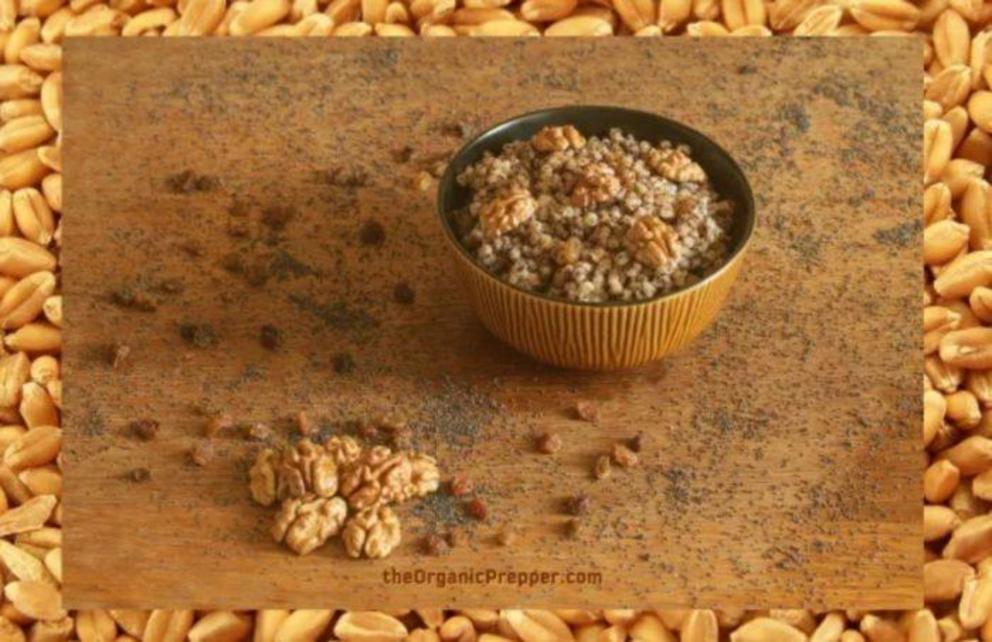A prepper’s guide to wheat berries: versatile, space-saving, long-term food
Do you have wheat berries in your stockpile? Have you used them? It’s very important to learn how to work with your new ingredients well before you need to do so in an emergency.
Daisy Luther says:
Wheat berries are actually not berries at all – they are kernels of wheat. I buy hard red wheat berries and they remind me of brown rice in appearance.
The wheat berry can be ground into flour, cooked as a hot breakfast cereal, soaked and sprouted, or cooked and used in place of rice in many different recipes like pilafs or salads. Not only do wheat berries contain substantial fiber, they are also a great source of manganese, selenium, phosphorus, magnesium, lignans, and phytochemicals.
Wheat berries are the ultimate space-saving “concentrated food”. One cup of wheat berries turns into 1-1/2 cups of flour and 2-1/2 cups of cooked wheat berries.
Wheat berries are an ideal addition to your long-term food storage. They will remain fresh and delicious for up to 20 years if stored properly.
Cracked Wheat and Bulgur
It’s no secret that my channel is a combination of old and new preparedness. Integrating the old way into modern ways is a pillar of my strategy. This cracked wheat/bulgur video is a good example.
It shows an old hand technique that may be relevant if circumstances warrant it. The video also discusses other uses for wheat berries. Most discussions on wheat revolve around making flour, but there are other ways to utilize this resource.
Making cereal or soup with cracked wheat is an often overlooked option. The more ways we can use our prep items, the more diverse our preparedness can be. Techniques like soaking grain can also have nutritional value, especially in a long term situation.
What kind of wheat berries should you get?
You can often find llarge quantities of grains on Amazon, including free shipping. But Daisy recommends that you don’t just buy any wheat berries.
..When choosing which wheat berries to purchase for your long term supply, its well worth the additional money to opt for an organic source. Before the wheat seeds are planted, they are doused with pesticides and fungicides. These toxins are reapplied while the wheat is growing and they are also saturated with synthetic hormones to speed the growth of the plant. In the fall, some farmers add even more pesticides to make harvesting easier. The PAN Pesticide Database identified more than 50 different pesticides soaking the California wheat crop of 2009.
One concern that you don’t need to have: at this point, there is no GMO wheat being grown anywhere in the world. This being said, most of the wheat on the market is from hybrids (they are not considered to be genetically altered) that are nutritionally inferior to the wheat our ancestors ate. If you have the option, the very best wheat to grow or buy is organic Einkorn wheat.

